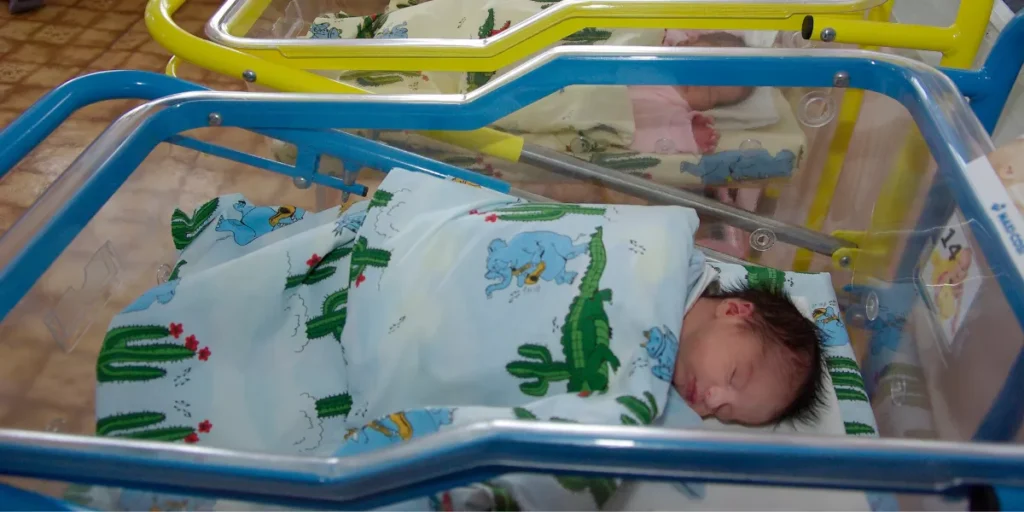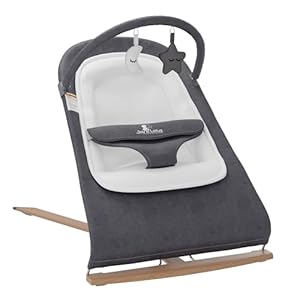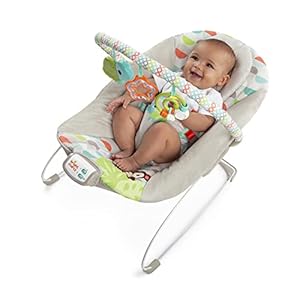
When setting up your baby’s nursery, ensuring maximum safety is paramount. From selecting the right crib to implementing key baby-proofing measures, each detail plays a crucial role in creating a secure environment for your little one. But what about the lesser-known safety precautions that could make all the difference? Stay tuned to discover some often overlooked safety tips that can further enhance the nursery’s protective features and provide you with peace of mind.
Choosing the Right Crib
When selecting a crib for your baby’s nursery, prioritize safety features above all else. Look for cribs that meet current safety standards, with slats that are no more than 2-3/8 inches apart to prevent your baby’s head from getting stuck. Ensure the crib has a firm mattress that fits snugly without any gaps around the edges, reducing the risk of suffocation. Check for any sharp edges or corners that could potentially harm your little one.
Opt for a crib with adjustable mattress height settings, allowing you to lower the mattress as your baby grows and becomes more mobile. This prevents them from climbing out and falling. Avoid cribs with drop-down sides, as they pose a serious safety hazard and have been banned in recent years due to numerous accidents.
Consider a crib with non-toxic finishes to minimize your baby’s exposure to harmful chemicals. Lastly, assemble the crib correctly following the manufacturer’s instructions to ensure its stability and safety. Remember, a safe crib is essential for your baby’s well-being and peaceful sleep.
Baby-Proofing Essentials
Ensure your home is a safe environment for your baby by implementing essential baby-proofing measures. Start by covering all electrical outlets with safety plugs to prevent any potential shocks.
Secure furniture such as bookshelves and dressers to the wall to avoid tipping accidents. Install safety gates at the top and bottom of stairs to restrict your baby’s access to potentially dangerous areas.
Keep small objects and choking hazards out of reach by storing them in locked cabinets or high shelves. Use corner guards on sharp furniture edges to prevent injuries during playtime.
Cordless window coverings are crucial to avoid any strangulation risks. Check that all toys are age-appropriate and don’t have small parts that can be swallowed.
Lastly, consider installing door knob covers to prevent your little one from wandering into rooms where they shouldn’t be. By addressing these baby-proofing essentials, you can create a secure nursery for your baby to explore and grow safely.
Safe Sleep Practices
To ensure your baby’s safety even during sleep, it’s important to establish and follow safe sleep practices in their nursery. Firstly, always place your baby on their back to sleep. This position reduces the risk of sudden infant death syndrome (SIDS).
Make sure the crib mattress is firm and fits snugly within the crib to prevent any gaps where your baby could get trapped. Avoid using pillows, blankets, or bumper pads in the crib, as these can pose suffocation hazards. Instead, dress your baby in a sleep sack or footed pajamas to keep them warm.
Additionally, keep the room at a comfortable temperature for sleep, around 68-72°F (20-22°C). Ensure there are no cords or wires near the crib that could be a strangulation risk. Lastly, consider using a baby monitor with video capabilities to keep an eye on your little one while they sleep.
Monitoring Nursery Temperature
Maintain a comfortable nursery temperature between 68-72°F (20-22°C) to ensure your baby sleeps soundly and safely. Use a reliable thermometer to monitor the room temperature regularly. Sudden changes in temperature can disturb your baby’s sleep and may increase the risk of Sudden Infant Death Syndrome (SIDS).
To regulate the nursery temperature effectively, consider using a thermostat or a room thermometer. Keep the nursery well-ventilated but avoid direct drafts that could make the room too cold. During hot weather, use fans or air conditioning to maintain a cool environment. In colder months, dress your baby in layers and use sleep sacks or swaddles to keep them warm without the need for loose blankets.
Remember that babies have delicate skin and are sensitive to temperature changes. Signs that the nursery may be too hot include sweating, flushed cheeks, or feeling hot to the touch. Conversely, if your baby’s skin feels cold or they’re shivering, the room may be too cold. By monitoring and maintaining a consistent nursery temperature, you can create a safe and comfortable sleep environment for your little one.
Baby products














